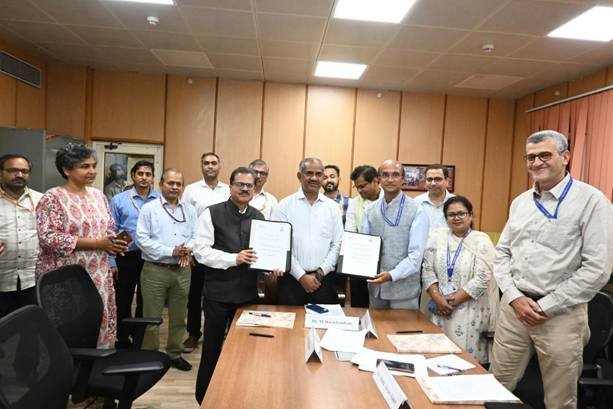New Delhi, Oct 3 – India just rolled out a new weather‑forecasting tool that promises to boost the country’s ability to predict storms, heat waves and other weather events. The Sound Detection and Ranging (SODAR) system, built by the CSIR‑Advanced Materials and Processes Research Institute (AMPRI) in Bhopal, was unveiled at the Indian Meteorological Department (IMD) headquarters in New Delhi.
SODAR uses powerful sound waves that bounce off the lower atmosphere. By measuring how those waves return, the instrument maps wind speed, temperature and turbulence on the ground and up through the first several hundred metres of air – data that forecasters can use to improve daily weather predictions.
“It’s a big step forward in making India’s technology more independent,” said Dr. N. Kalaiselvi, director‑general of CSIR and secretary of the Department of Scientific and Industrial Research. She joined the launch virtually.
Also at the ceremony, CSIR‑AMPRI and IMD signed a Memorandum of Understanding that will let the two agencies share SODAR data across India. Dr. M. Ravichandran, secretariat of the Ministry of Earth Sciences, called the agreement “very promising.” “The SODAR unit at AMPRI will provide extra data that will help us forecast weather more accurately,” added Dr. M. Mohapatra, deputy general manager at IMD.
The MoU is meant to deepen collaboration on climate and environmental research, focusing on weather extremes, climate variability and ways to lower disaster risk. By pooling data, scientists can test models, validate forecasts and push the science of meteorology past current limits.
A recent paper in the Indian Journal of Pure & Applied Physics explained that SODAR is an “active ground‑based remote‑sensing system.” It can quickly spot turbulence in the atmospheric boundary layer and deliver wind‑profile information that is crucial for aviation, renewable‑energy sites and emergency planning.
Experts say the upgraded SODAR could become a “futuristic remote‑sensing device” with uses that go beyond weather, including environmental monitoring and possibly even air‑quality assessments.
The Ministry of Science and Technology welcomed the partnership, noting it should bring major gains to India’s research community and, ultimately, its citizens. With the new system in place, India moves a step closer to being able to warn communities about storms, heat waves and other weather hazards with greater accuracy and lead time.
Stay tuned for more updates on India’s growing weather‑forecasting capabilities and the role of SODAR in protecting the environment.
Stay informed on all the latest news, real-time breaking news updates, and follow all the important headlines in world News on Latest NewsX. Follow us on social media Facebook, Twitter(X), Gettr and subscribe our Youtube Channel.



